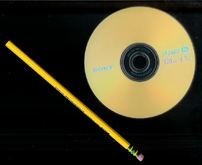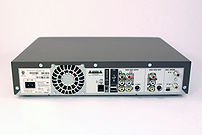In a surprising move, older households(55+) are still the most ready of the groups, with the least ready under 35. Of course, these under 35s may have cable, and thus need no change, or dumped cable in favor of Netflix or IPTV. The statistics Nielson provides do not cover why this might be.
Assuming these statistics are accurate, what do you think? We’d love to hear your comments.

![Reblog this post [with Zemanta]](http://img.zemanta.com/reblog_e.png?x-id=16d8913b-d9a1-476b-8156-51a27db5066e)


![Reblog this post [with Zemanta]](http://img.zemanta.com/reblog_e.png?x-id=c0487271-7e93-46b8-83ae-4a99ad64aab5)


![Reblog this post [with Zemanta]](http://img.zemanta.com/reblog_e.png?x-id=5eda5cca-7296-46c1-86e1-aedda823e31b)


![Reblog this post [with Zemanta]](http://img.zemanta.com/reblog_e.png?x-id=576f0e54-0473-48c7-9695-860315830b86)
![Reblog this post [with Zemanta]](http://img.zemanta.com/reblog_e.png?x-id=5ff9a636-8774-44f0-8ee6-d9c6a9a4f7c2)


![Reblog this post [with Zemanta]](http://img.zemanta.com/reblog_e.png?x-id=9cc822b5-a56e-4f39-84a9-285f4148dda7)


![Reblog this post [with Zemanta]](http://img.zemanta.com/reblog_e.png?x-id=feae51ef-2967-404e-abc0-d8561debbf46)

![Reblog this post [with Zemanta]](http://img.zemanta.com/reblog_e.png?x-id=9fc3c372-113c-40d7-88a5-8e70ca971d9f)


![Reblog this post [with Zemanta]](http://img.zemanta.com/reblog_e.png?x-id=e418597f-219d-46b6-9d38-34908b9735b0)

![Reblog this post [with Zemanta]](http://img.zemanta.com/reblog_e.png?x-id=9bb03c9a-9f29-4739-9f94-d8bb4bee5346)